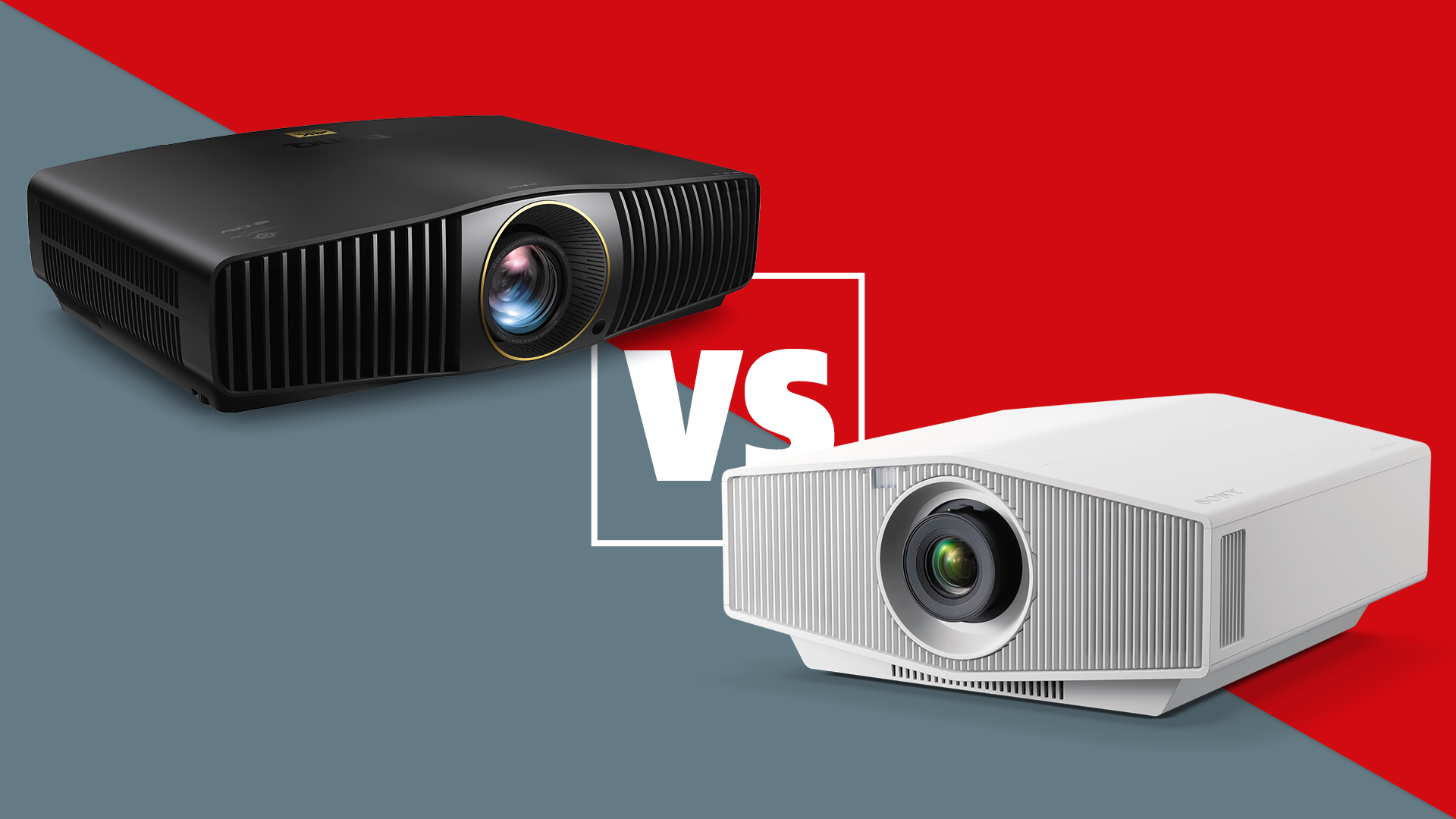LG B2 OLED vs LG C2 OLED: which TV is better?
LG's entry-level OLED and its mid-range set go to head to head
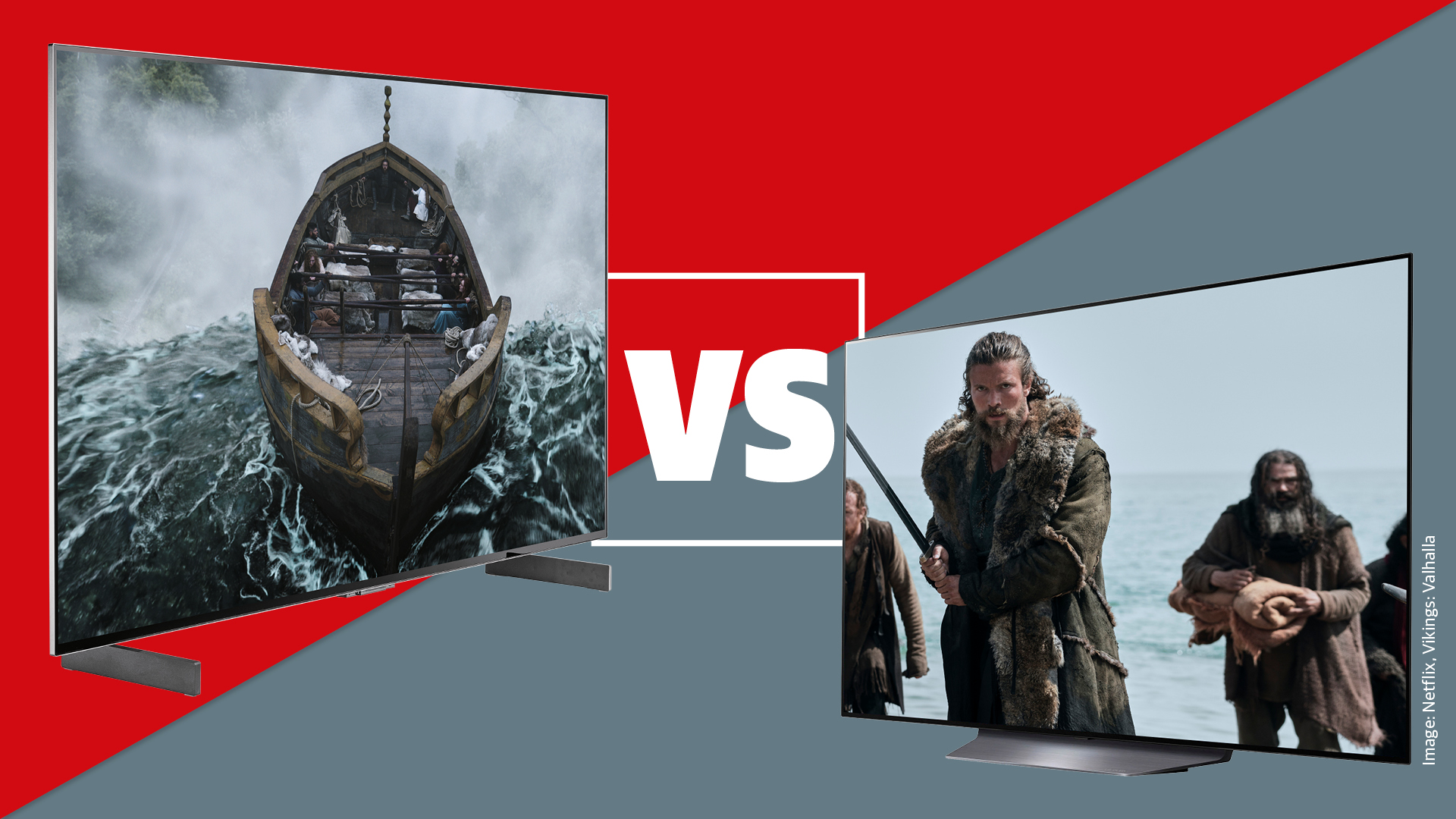
It’s no secret that we’re big fans of LG’s OLED TVs, particularly those in the ‘C’ series. These represent essentially the middle of the company’s OLED TV range (though most people would probably consider any OLED TV to be high-end), flanked towards the top by the G series and underneath by the B series.
We love LG’s C2, giving it Awards and five-star ratings in three different sizes. The G2 is an even better performer, but it also costs significantly more and we think that most buyers will be best served by forgoing a little bit of performance and saving some money.
That, though, suggests a new question: should you sacrifice a bit more performance and a feature or two and go for the even more affordable B2 model? We haven’t yet reviewed the B2, but we can get a good idea of its relative merits by digging into its specs and features and seeing how they compare to those of the awesome C2, which we have reviewed at 42 inches (OLED42C2), 65 inches (OLED65C2) and 77 inches (OLED77C2).
Price
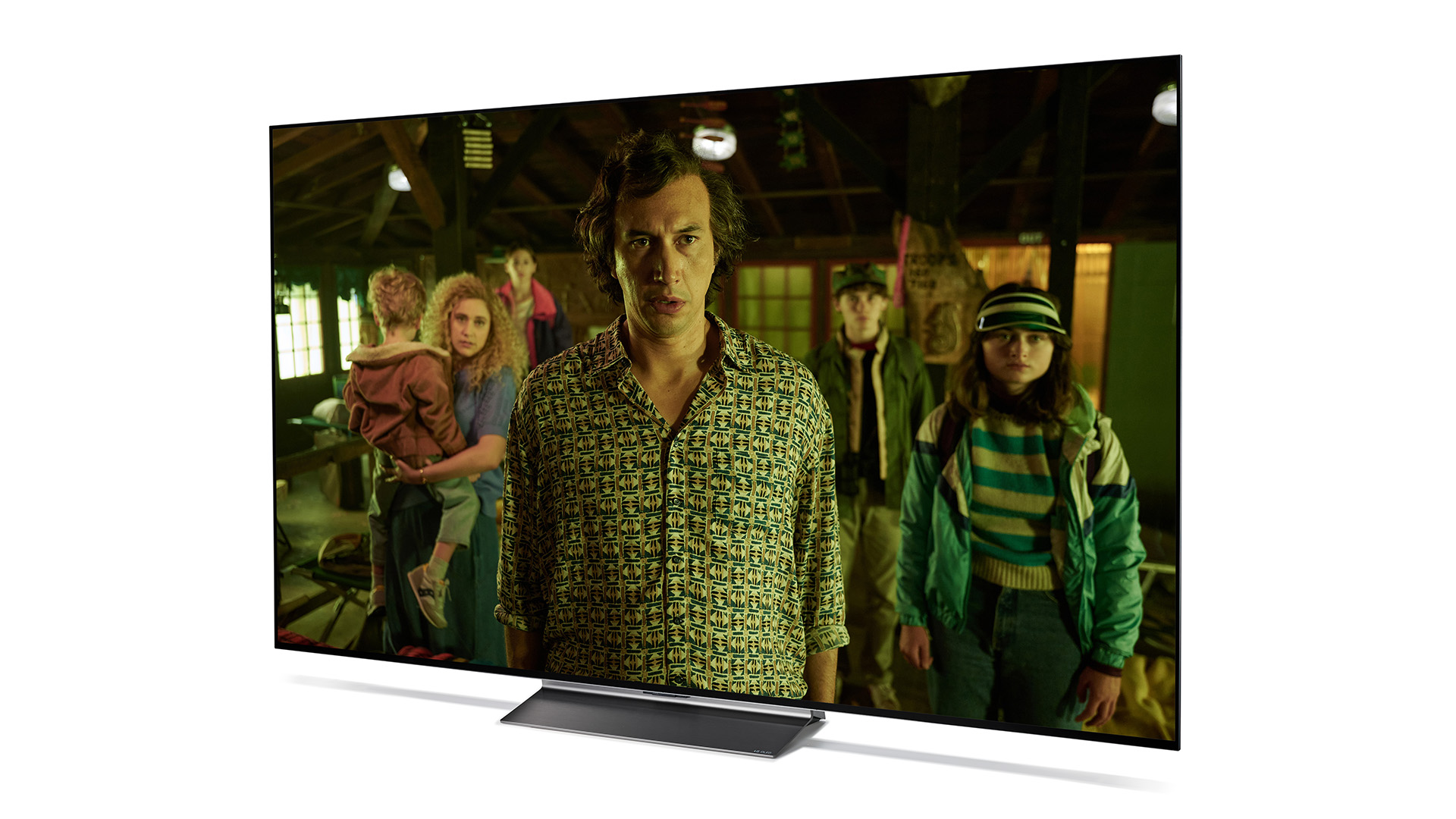
Pricing reveals that, unsurprisingly, you’re going to be paying a fairly meaty premium for LG’s mid-range C2 over the B2, similar to the price differential between the C2 and the G2. As prices on these TVs go lower than their original retail prices, the exact differences may change, but the B2 will always be cheaper than the C2.
| Header Cell - Column 0 | B2 | C2 |
|---|---|---|
| 42-inch | No such model | £999 / $900 / AU$1695 |
| 48-inch | No such model | £999 / $950 / AU$1995 |
| 55-inch | £1099 / $1000 / n/a | £1299 / $1300 / AU$2295 |
| 65-inch | £1499 / $1300 / n/a | £1699 / $1700 / AU$3295 |
| 77-inch | £2699 / $2000 / n/a | £2969 / $2500 / AU$5995 |
| 83-inch | No such model | £3999 / $4000 / AU$8700 |
While there are meaningful feature and spec differences between the two TVs that we’ll get to and that will make the extra money that the C2 commands worth spending, at least for some, the B2 has to take this round purely because it’s meaningfully cheaper.
Design and build
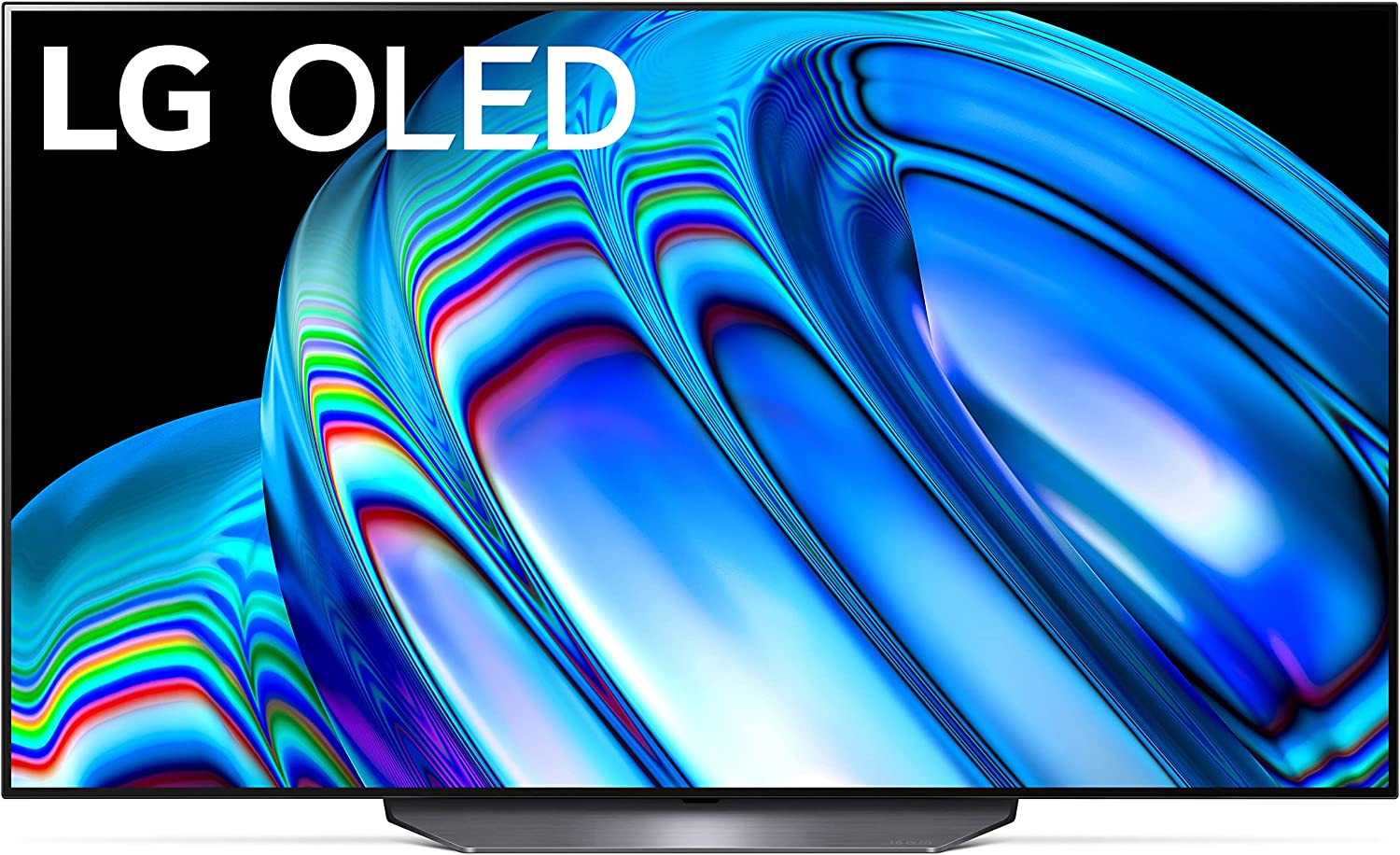
In terms of aesthetics and design, there’s loads of overlap between the C2 and B2.
Both TVs sport clean, minimalist designs without much in the way of bezels taking up precious screen real estate. The C2 is just a touch trimmer, though, with slightly smaller bezels. Both sets support wall mounting, though both come with stands (or feet for the smaller C2 models).
The latest hi-fi, home cinema and tech news, reviews, buying advice and deals, direct to your inbox.
Nonetheless, both the B2 and C2 are exceptionally well-designed, beautiful OLED TVs, and you won’t mistake the build of either for something cheap. While the B2 may indeed be just a touch on the thicker side, we think it’s going to be tough to notice unless you’re looking at both side-by-side.
In general, it’s hard to complain about the build quality and design of either the B2 or C2, but in a couple of small ways, the C2 does seem to edge out the B2.
Features
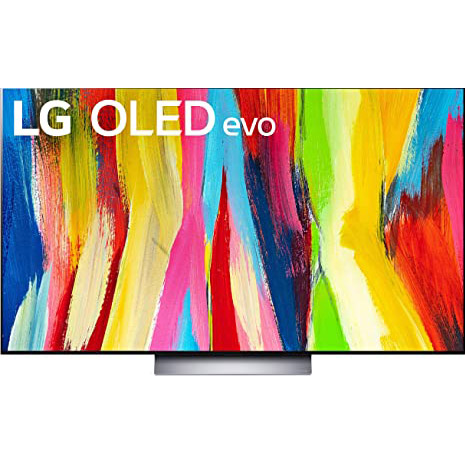
The B2 and C2 share a lot of the same features, but there are definitely some meaningful differences, too.
Both the B2 and C2 offer native 4K/120Hz support, VRR and ALLM, covering all of the most crucial next-gen gaming specs. Both TVs also support HGiG, which through the C2 results in more accurate HDR tone mapping with supported games and should logically do the same with the B2. And both also feature Dolby Vision gaming right up to 4K/120Hz, which is something no non-LG set can currently match.
The big difference on the gaming side is that while both TVs have HDMI 2.1 ports with full-fat 48Gbps bandwidth, the C2 has four of these while the B2 has just two – it's other two HDMI sockets are 2.0-spec, so can't handle 4K/120Hz. What’s more, one of the B2’s HDMI 2.1 ports is also the HDMI eARC connection, so if you need this in order to output audio to a soundbar or AV receiver, you’ll have just one HDMI 2.1 port left. Not a big deal for many, perhaps, but something that hardcore gamers will want to consider.
In terms of HDR, both the B2 and C2 come packed with HDR10, Dolby Vision and HLG support, though neither supports the (Samsung-developed) HDR10+ format.
Both the C2 and B2 OLEDs come with LG’s webOS 22 smart platform, which offers more or less every streaming app you’re likely to need. webOS performs really snappily on the C2, but the B2 uses a less powerful processor and so might prove slightly less responsive – though we can’t say that for sure having not tested it directly.
The most fundamental and likely most impactful difference between the C2 and B2 is that the former is an OLED Evo model that boasts a brighter panel, while the latter uses less advanced and less bright OLED technology. As both sets should go equally (essentially perfectly) black, the relative difference in brightness should make for an equal difference in contrast, with the C2 likely appearing punchier and more dynamic.
It’s worth noting that this will likely be most pronounced in a bright room, and in a dark room the B2 will quite possibly be more than bright enough. The difference in peak brightness will also likely only make a significant difference with HDR content, as SDR should be within the bounds of both TVs’ contrast.
In terms of audio, while both TVs support Dolby Atmos, the B2 comes with a 2.0ch 20W speaker setup while the C2 (with the exception of the 42-inch model) comes with a 2.2ch 40W setup. That suggests that the C2 should sound deeper and weightier than the B2, but the woofers of space-starved flatscreen TVs are always compromised, so the difference may be less pronounced than specs suggest. Ultimately, we’d recommend that a TV be partnered with a dedicated sound system anyway, so whether one here is marginally better than the other need not make a huge difference.
While we can’t say for sure whether the C2’s extra features make it a huge improvement over the B2, there’s no denying that it does have those extra features, the most notable of which is the more advanced and brighter panel technology. The faster processor could be more of a big deal than it initially seems as well.
Picture quality
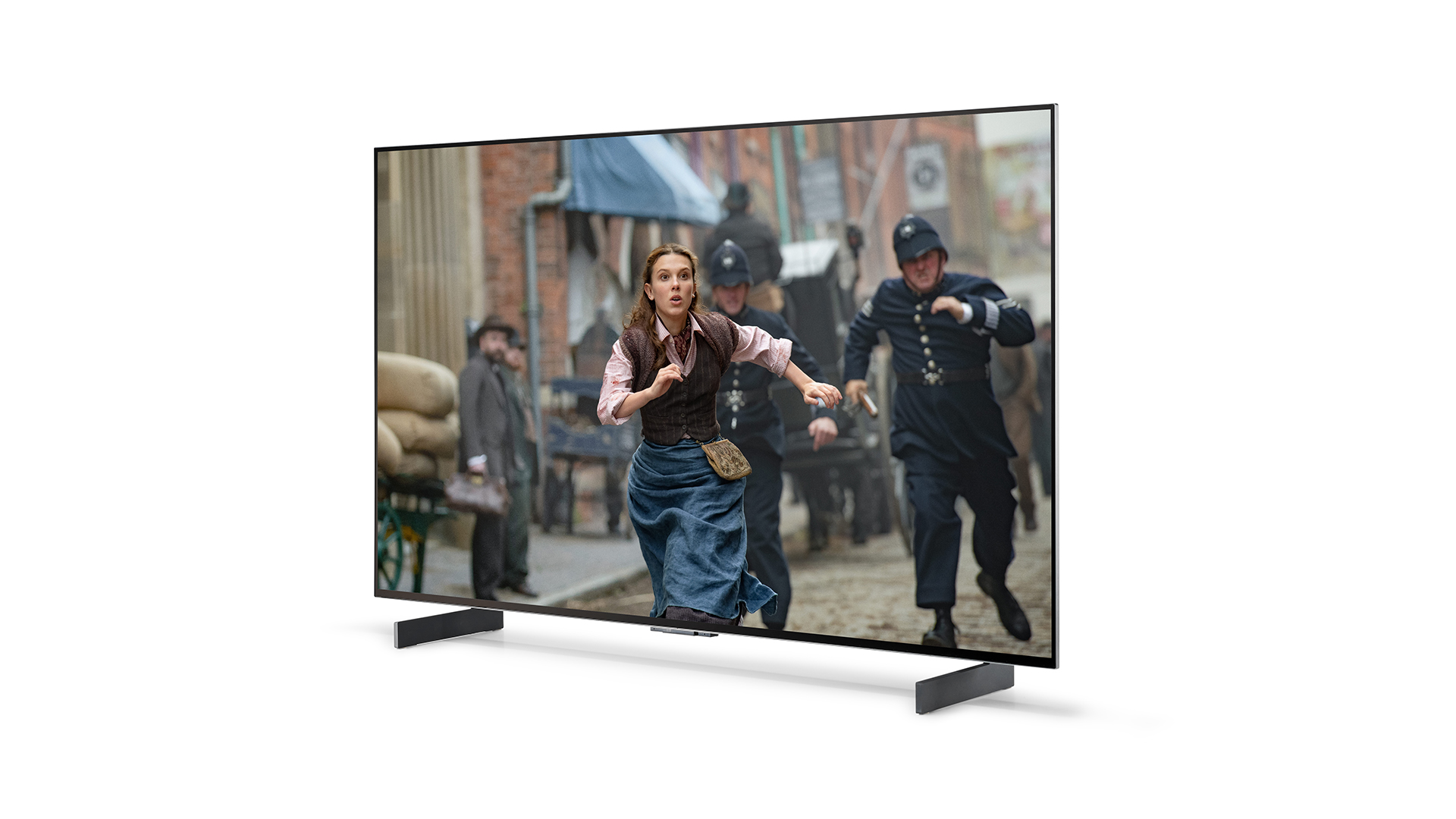
LG’s C2 OLED has fantastic picture quality. Thanks to this TV’s second-generation OLED Evo panel as well as its robust HDR support and image processing capabilities, in our review we said the C2 had a “bright and punchy but natural picture”, that worked towards making the C2 one of the year’s very best and most desirable TVs.
The C2 excels especially with HDR content. Thanks to admirable peak brightness, whether you’re watching in a dark room or in the bright light of the daytime, the C2 manages to offer up excellent brightness and contrast, rarely obscuring detail. What you’ll get with the C2 is a punchy, dynamic picture that puts this TV up there with the best of them.
On the other hand, the B2 has a first-generation LG OLED display and lower peak brightness. In terms of HDR, there’s much of the same support, and the B2 does also offer up a suite of image processing tech, thanks to its LG a7 Gen 5 AI Processor. In many ways, the B2 should perform quite similarly to the C2.
However, with its less powerful processor, last-gen OLED display, and lower peak brightness, you should generally expect a less bright, less punchy image than you’d get with the more expensive C2. As mentioned above, this will probably be most noticeable when watching TV during the daytime or in an otherwise brightly lit environment.
We haven’t reviewed the B2 just yet, so we can’t give you specifics on its performance, but we expect it to offer the same natural colours, perfect blacks and broadly very enjoyable picture of the C2, but with a little less pop and potentially a little less sharpness, less shadow detail and possibly even slightly less smooth motion. However, there's every chance that each of these slight downgrades, assuming they do manifest, is minor enough to be worth it for the price reduction. Those who view in a dark or pitch-black room might be particularly willing to take the compromise.
That said, if you’re simply looking for the best image quality, the C2 will almost certainly get closer than the B2, thanks primarily to its brighter panel.
Verdict
The C2 is simply put one of the very TVs out there not just because of its excellent features and high-end performance but because of its fantastic value, too, making it the better buy for most people over the more premium, more expensive G2.
It's worth stressing again that we haven't tested the B2 ourselves so can't deliver a full verdict, but it seemingly offers up most of the features of C2, with a few key differences, so you should get a very capable TV whichever model you go for.
Ultimately, which model is best for you will probably come down to your viewing habits and environment. If you're a hardcore gamer with multiple consoles/PCs, and/or you use your TV in a well-lit room, it should be easy to justify spending the extra on the C2.
But if you're a one-console gamer or you don't game at all, and your prime concern is watching movies in a dark room, you may well feel that the C2 is overkill. Consider that the money saved could be put towards a soundbar, which will be a huge upgrade on the sound of either TV, and the B2 will look even more tempting.
One final thing to consider is that successors to the B2 and C2 were announced at CES 2023, and you might well feel that it's worth waiting for the new B3 or C3. We can't deliver verdicts on either of these new models until we've had them into our testing rooms for comprehensive, comparative testing, but it is worth noting that they appear to be very similar to the outgoing B2 and C2. They will also almost certainly launch at much higher prices than the older models are now available for, and the shrewd TV buyer who wants a bargain tends to buy at the end of a model cycle – which is precisely where the B2 and C2 are right now.
MORE:
LG 2022 TV lineup: everything you need to know
Should you consider Samsung's QD-OLED tech?
Here's our review of the very first QD-OLED TV
Ruben is a long-time freelance consumer technology and gaming journalist, and was previously a Staff Writer at What Hi-Fi?. Since 2014, Ruben has written news, reviews, features, guides, and everything in-between at a huge variety of outlets that include Lifewire, PCGamesN, GamesRadar+, TheGamer, Twinfinite, and many more. Ruben's a dedicated gamer, tech nerd, and the kind of person who misses physical media. In his spare time, you can find Ruben cooking something delicious or, more likely, lying in bed consuming content.

